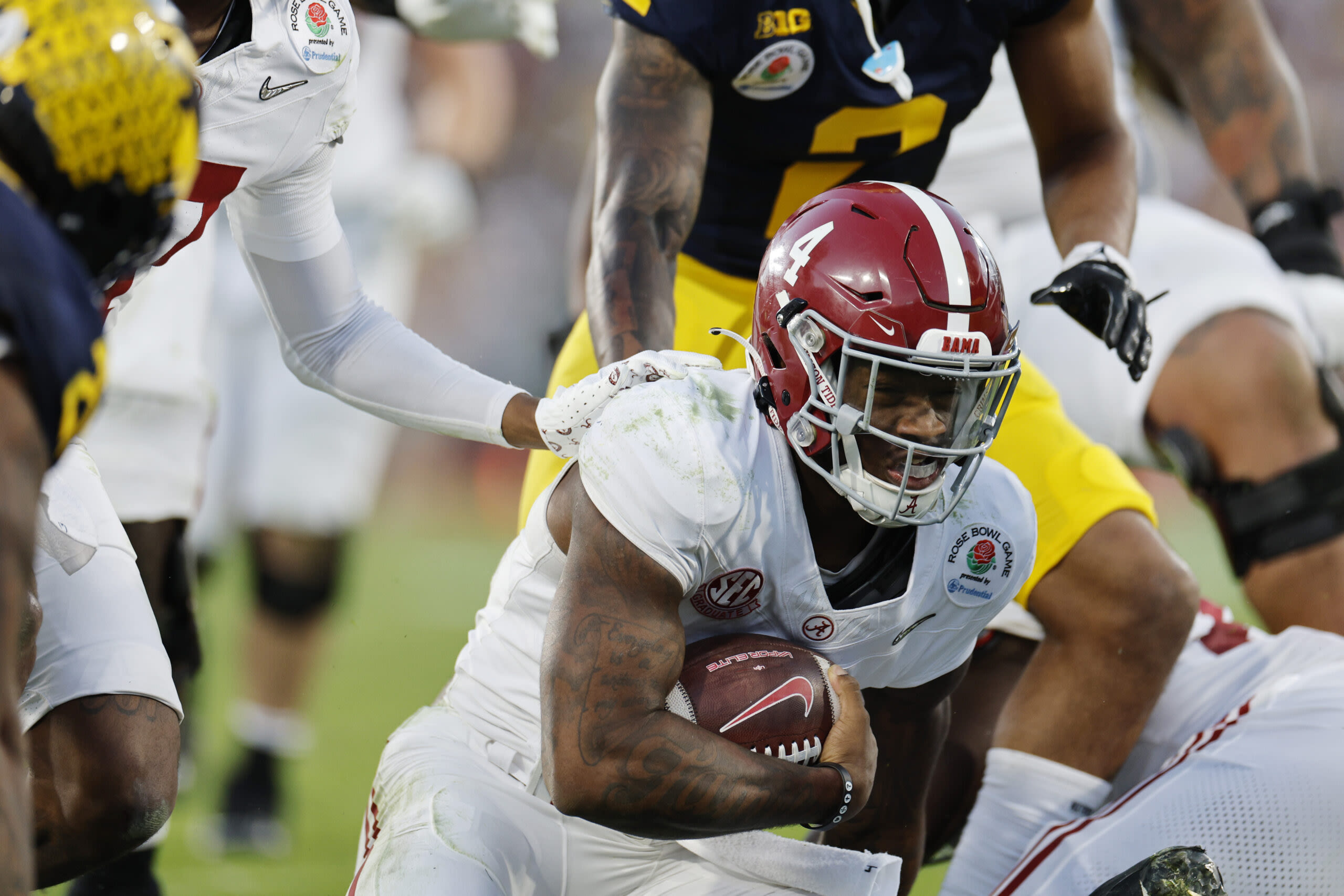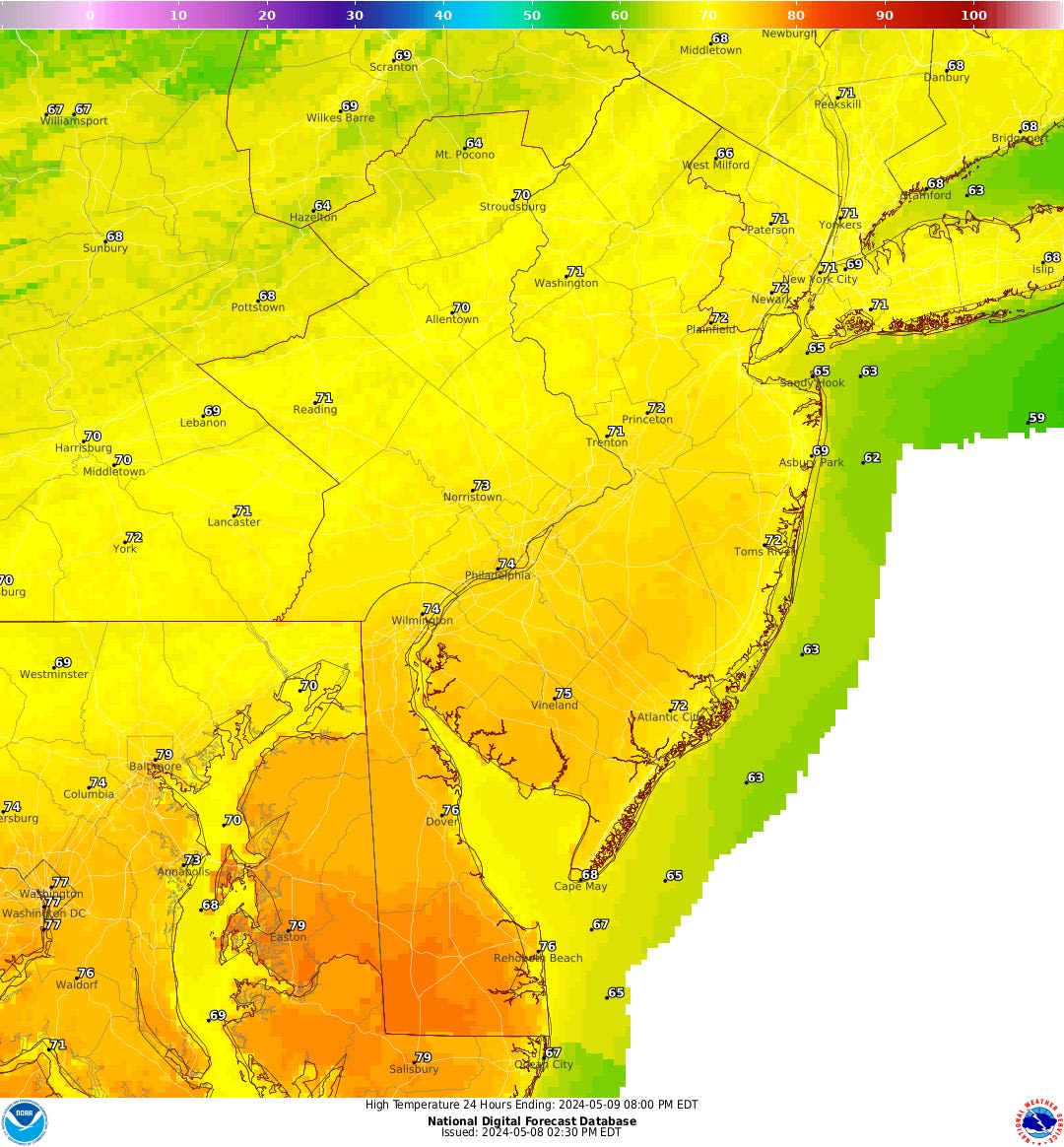Search results
geodunes.fr
- The moment the sea reaches its maximum level on a certain coastal location is referred to as high tide, while the moment it reaches its minimum level is referred to as low tide. Tides are categorized into three varieties based on the frequency and symmetry of their wavelength.
www.americanoceans.org › facts › information-guide-high-low-tideWhat Are Tides? A Guide to High and Low Tide - American Oceans
News about low tide, western Washington, ferry routes
News about Alabama, Tarsis Orogot, spring ball
News about Bucks County, New Jersey, rain
Also in the news
People also ask
Which is better high tide or low tide?
How long will it take a low tide to turn into a high tide?
How long do before high tide become a low tide?
What is considered to be high tide and low tide?
Official U.S. high and low tide predictions. High Tide Flooding Outlooks. Show when, where, and how often high tide flooding may occur at specific locations. Coastal Condition Forecasts. Nowcast and forecast (out to 48-72 hours) model information on water levels, currents, wind, salinity, and water temperature. Featured News.
- Co-Ops Map
Next Tide at . Currents measured at: n/a. Plot Data....
- Current Predictions
Choose a station using our Tides and Currents Map, click on...
- Station Selection
Website Owner: Center for Operational Oceanographic Products...
- Navigation Services
Tides & Currents Navigation Services Page. CO-OPS provides...
- Mapping and Charting
Tides & Currents Mapping and Charting Page. CO-OPS provides...
- Strategic Plan
A New Five Year Strategy for the Center for Operational...
- Contact Us
Tide.Predictions@noaa.gov or 301-713-2815. For inquiries or...
- Tides and Water Levels
Tides & Currents Tides & Great Lakes Water Levels Page....
- PORTS
Tides & Currents Physical Oceanographic Real-Time System...
- Co-Ops Map
- Q: What Are Our Tide High/Low Measurements Based on?
- Q: Why Are There Blank Cells in The Tide Chart?
- Q: Why Do Some Cells Show Am Or Pm, But Not Others?
- Q: How Do We Calculate “King Tides”?
- Q. How Do The Currents Affect The Tides?
- Q: What Are The Best Resources For Learning More About Tides?
A:The baseline for giving how high or low the tides are is called the MLLW, or Mean Lower Low Water. This is the average low water height for a complete 19-year Metonic Cycle (also known as the National Tidal Datum Epoch) – basically the time it takes for a high-tide to occur at exactly the same time and date. This number is what is used on nautica...
A:Sometimes you might notice in our tide charts that the high/low for a given date is not there. The reason for this is the fact the tides don’t quite fit into a daily cycle, and actually average 24 hours and 54 minutes between complete cycles. So those ‘missing’ cells are where the tide time has jumped into the next day.
A:Similar to the answer above, there are instances where 2 high tides occur in one 12-hour period. If that is the case, the second time will be in the second time column (PM) but will say AM so you know it is in same period as the first time of the day. These are rare, depending on the layout of the harbor and surrounding geographically features.
A:The truth is we don’t predict King Tides in our tide charts. ‘King Tides’ refer to the highest tide of the year. There are many factors that can increase the height of the tide the are not caused by the predictable phases of the moon, which our tide charts are based on. Things like flooding and river surges can change the height of the tide on an...
A: Many mariners use a general rule that says that slack water (no movement of water in any direction) occurs at high tide and low tide. However there are exceptions depending on the location and its currents. There are other factors that affect the appearance of slack water: 1. Wind driven currents can alter the timing of slack water. 2. Changes i...
A:There are several really great organizations with scientifically accurate information on tides: 1. NOAA’s Educational Resources on Tides 2. NOAA’s Tides & Currents Site 3. The National Oceanography Centre (UK) We also have several interesting and helpful articles on Tides: 1. Amazing Facts About the Tide 2. Tides 101: The View from Space 3. Myth-...
The moment the sea reaches its maximum level on a certain coastal location is referred to as high tide, while the moment it reaches its minimum level is referred to as low tide. Tides are categorized into three varieties based on the frequency and symmetry of their wavelength.
- How do tides affect life?Every natural occurrence is significant and has an impact on living things, and the tide is no exception. The following are some of the ways in whi...
- How do tides work?A tide is the alternating advance and retreat of seawater along a shoreline. When the water reaches its greatest extent along the shoreline, it is...
- Are tides the same everywhere?You'd think that as land goes beneath the bulge of water, the time of high water would be nearly the same for all places along the coast, but that'...
- Are tides stronger during a full moon?Yes, full moons are often associated with Spring tides. Spring tides occur just after every full and new moon, when the sun, moon, and earth align....
- Does the sun affect tides?The Moon has the greatest influence on measurable tides, although the Sun also has some influence on tides. Spring and neap tides occur when the Su...
When the highest part, or crest of the wave reaches a particular location, high tide occurs; low tide corresponds to the lowest part of the wave, or its trough. The difference in height between the high tide and the low tide is called the tidal range.
Sep 8, 2023 · High and low tides refer to the regular rise and fall of the ocean's waters. High tide occurs when water covers much of the shore after rising to its highest level. Low tide is when the water retreats to its lowest level, moving away from the shore.
- What happens during high tide?During high tide, the ocean’s waters creep up the shore, deepening the water. This happens as a body of water gets closer to one of the two bulges...
- What causes low tide?The moon's gravitational pull or tidal force causes two bulges on Earth (and its water) — one at the point closest to the moon and the other on the...
- What objects affect the tides?In addition to the moon, the sun and coves, cliffs and other geographic features may affect the tides. The sun exerts its own gravitational pull on...
Oct 19, 2023 · When the water has risen to its highest level, covering much of the shore, it is at high tide. When the water falls to its lowest level, it is at low tide. Some lakes and rivers can also have tides. Causes of Tides. Forces that contribute to tides are called tidal constituents. The Earth’s rotation is a tidal constituent.
Apr 30, 2024 · The Short Answer: High and low tides are caused by the moon. The moon's gravitational pull generates something called the tidal force. The tidal force causes Earth—and its water—to bulge out on the side closest to the moon and the side farthest from the moon. These bulges of water are high tides.




